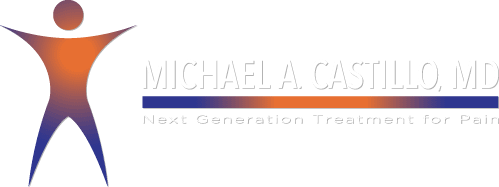Heat Therapy for Chronic pain
Simple remedies are often the best Those remedies your mom tells you to try, you know the ones.“Put your foot up. Ice it. Use the heating pad.” Can often be the best at relieving lower back pain. Heat therapy is one of those mother approved pain relief therapies. Using heat therapy to relieve lower back pain *apply heat for no longer than 20 minutes at a time. (same goes for icing an injury) Some of the benefits of applying heat therapy to injuries: Blood flow stimulation. Heat dilates blood vessels. When dilated this increases the flow of blood carrying oxygen…

